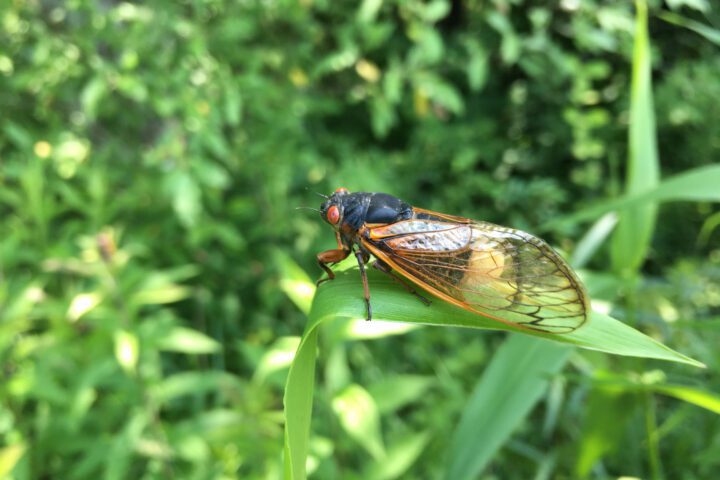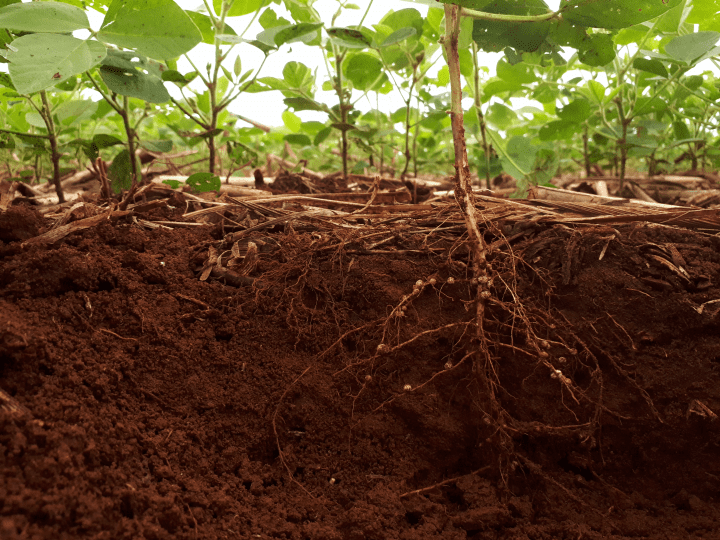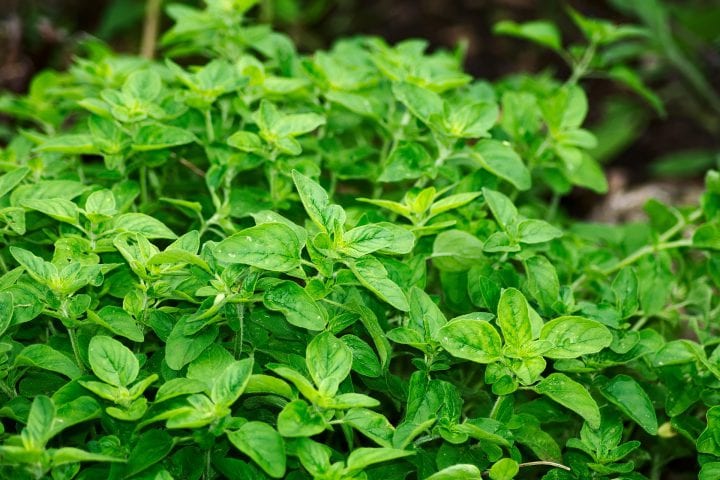Pests on organic coffee farms are kept in check through a complex web of direct and indirect interactions.
“A 10-year study of an organic coffee farm in Mexico suggests that,
far from being romanticized hooey, the ‘balance and harmony’ view is on
the mark. Ecologists John Vandermeer and Ivette Perfecto of the
University of Michigan and Stacy Philpott of the University of Toledo
have uncovered a web of intricate interactions that buffers the farm
against extreme outbreaks of pests and diseases, making magic bullets
unnecessary.…
“The major players in the system—several ant species, a handful of
coffee pests, and the predators, parasites and diseases that affect the
pests—not only interact directly, but some species also exert subtle,
indirect effects on others, effects that might have gone unnoticed if
the system had not been studied in detail.…
“‘Our view is that interaction webs of this sort will prove common in
agro-ecosystems in general,’ said Perfecto, professor of ecology and
natural resources. ‘Although widely appreciated in natural systems, such
webs haven’t been seen in agro-ecosystems because the people studying
them haven’t looked at them in this way. They’re looking for
magic-bullet solutions; they want to find the thing that causes the
problem and then fix it. Our approach is to understand systems that are
working well, where there are no problems. By doing that, we can define
systems that are more resilient and resistant to pest outbreaks.'” (EurekAlert! 2010)
“This system involves at least 13 components (insects and fungi), six ecological processes (competition, predation, parasitism, hyperparasitism, disease, mutualism), many subtle yet important nonlinearities, and a key role for spatial dynamics. We conclude that the ecological network effectively generates the ecosystem service of buffering coffee production systems against extreme outbreaks of pests and diseases. The complete operation of this system is neither obvious nor straightforward, but rather involves several complicated, dynamic connections that lead to sometimes-surprising system behavior. Nevertheless, the system seems to act in a way that promotes the regulation of several key potential pests in an autonomous, or endogenous, fashion.” (Vandermeer et al. 2010:528)
http://www.eurekalert.org/pub_releases/2010-08/uom-ooc082610.php
http://www.bioone.org/doi/abs/10.1525/bio.2010.60.7.8





